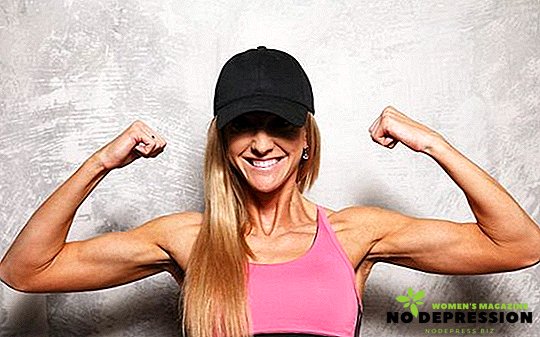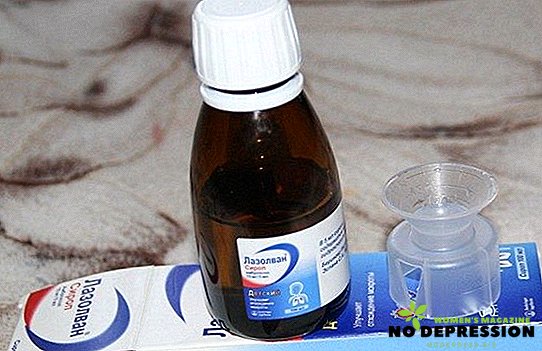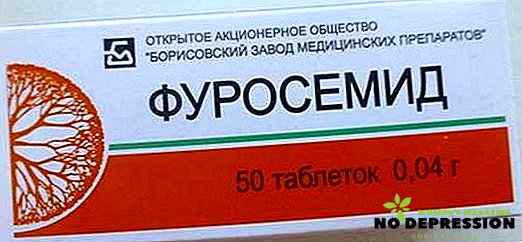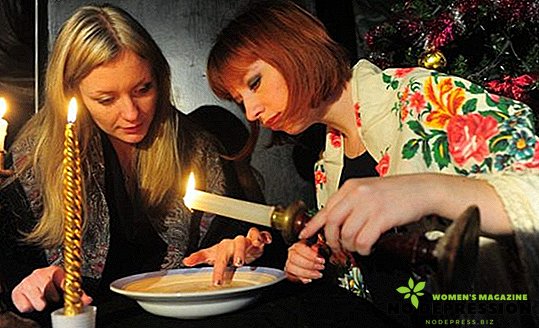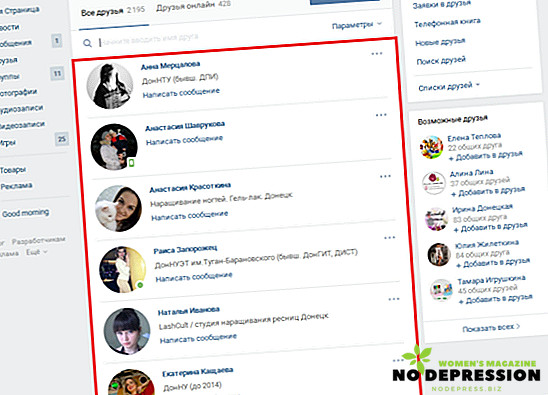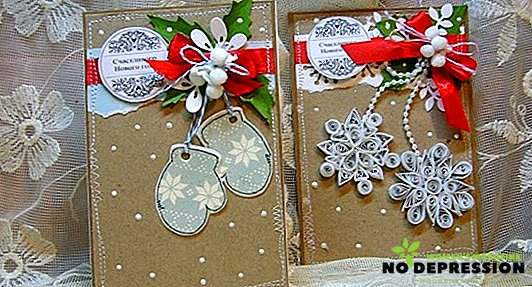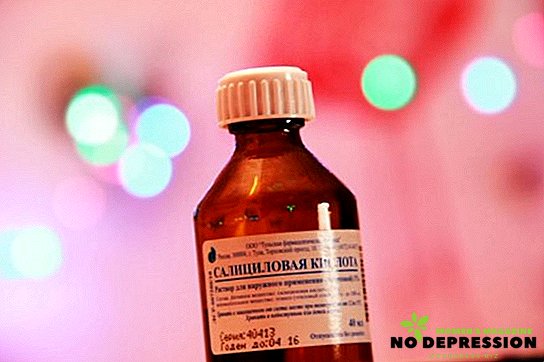When a child appears in the house, the newly-minted parents have to learn all the nuances of life with the baby. In preparation for the birth, the future mom and dad read a lot of literature, watch educational videos and consult with their relatives, including on the subject of bathing the baby. But in practice, everything is different.
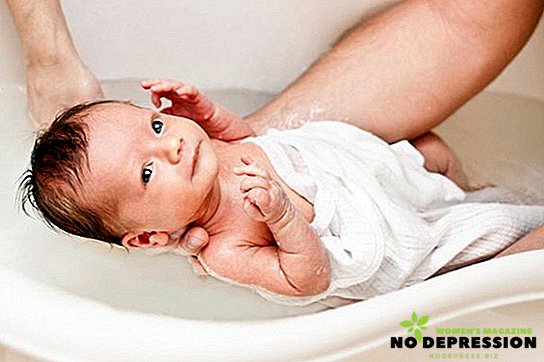
In most cases, water procedures begin immediately or 2-3 days after the return of the mother and child home.
Preparation for bathing
For the procedure, you must have the following things:
- Baby bath. For disinfection, wash the bath thoroughly with soda and boiling water before bathing.
- Baby soap and shampoo with recommended pH. It is not recommended to use these hygiene products more than once a week.
- Baby sponge. Alternatively, a cotton swab or cotton swabs can be used.
- Herbal infusions (chamomile, string, calendula) or solution of potassium permanganate. Such infusions soothe the baby and help cope with colic.
- Thermometer to measure water temperature. The ideal is the water temperature not lower than + 36-38 degrees.
- Ladle for rinsing the baby after swimming.
- Towel for wiping and / or a diaper.
 As for the temperature of the water, then you also need to rely on the preferences of the crumbs. Too hot or not enough warm water can cause discomfort in the baby, which will cause inconvenience to parents.
As for the temperature of the water, then you also need to rely on the preferences of the crumbs. Too hot or not enough warm water can cause discomfort in the baby, which will cause inconvenience to parents.
At the specified temperature, it is recommended to wash the baby for 1-2 weeks, then the water temperature is reduced by 1 degree in a couple of days, gradually approaching the optimum individual temperature for the baby.
It should be noted that the bathroom itself should not be cold or, conversely, hot. The air temperature in the room should be from +19 to +23 degrees. Drafts should also be avoided.
Proper installation of the bath
When installing the bath in the bathing place, parents need to think about their comfort. It is recommended to put the bath in such a way that it is at a sufficiently high level so that the back remains straight, this will facilitate the process of bathing the child for mom and dad.
Now the choice of baths for swimming is huge. In our time, high technology has long been special anatomical containers that have an inclined plane in the head, so that the baby’s head does not sink into the water.
If the parents do not have this, then one end of the bath should be lifted, and a small bed sheet should be put under the head of the child as a pad for the convenience of the crumbs.
Bathing time and duration of treatments
Bathing - evening ritual. This helps the child to calm down and prepare for sleep, as the newborn loses a lot of energy during the procedure, working diligently with the arms and legs in the water. Warm water and mother's milk after taking a bath promote relaxation and deep sleep, which is useful for both the baby and parents, for whom sleeping a child is a valuable time to go about your business.
But it happens that bathing, on the contrary, excites the baby. Accordingly, it is more difficult to calm him down and prepare him for the night's sleep. In this case, water procedures are recommended to be transferred to the daytime, when the baby is most active.
 But choosing the time for bathing is an individual decision of each parent and depends on the preferences of the baby.
But choosing the time for bathing is an individual decision of each parent and depends on the preferences of the baby.
The first two weeks the duration of bathing for newborns is 5 minutes. For a baby, this is quite enough to warm up, calm down and get pleasure from being in the water. For crumbs, water is a familiar and natural environment, because he spent at least 40 weeks in it.
After 2 weeks, the duration of bathing increases depending on the preference of the baby. If the child feels comfortable and not naughty, then bathing can be extended to 7-10 minutes.
From one or two months, you can use additional devices for independently finding the crumbs in the water. For example, a special circle for swimming. A circle is put on the neck and holds the head of the child while his body is in the water.
Means and supplements for baby
Bathing a newborn is impossible without the use of additional tools that make the procedure of washing the crumbs more effective.
For this purpose, 2 types of aids are used:
- Cosmetic products (manufactured in laboratories).
- Natural remedies (decoctions and herbal infusions).
Cosmetics include:
- special shampoos for the baby;
- bath gels;
- soap for baby skin.
 Shampoos are used to treat the scalp and hair of a child. It is worth using them from about 3 weeks of age, the frequency of use should not exceed 1 time per week.
Shampoos are used to treat the scalp and hair of a child. It is worth using them from about 3 weeks of age, the frequency of use should not exceed 1 time per week.
Bathing gel is used to wash the whole body and scalp. Such gels are an excellent alternative to baby soap and shampoo.
Separately, it should be said about baby soap, because it is used much more often than other means for bathing. Take a bath with the use of soap, as well as shampoo, should be no more than 1 time per week.
Why is it necessary to use specialized products for children's skin? A distinctive feature of this product is a low alkali content in the composition (neutral pH). This helps to avoid dryness and irritation of the tender and vulnerable skin of the newborn.
Natural bathing products include various herbal infusions as well as a solution of potassium permanganate.
Herbs, most often used when bathing a baby:
- Calendula - used for rashes. It helps to remove redness and relieve the child from unpleasant sensations and itching.
- Motherwort - has a calming effect. It is used, as a rule, when taking a bath in the evening, to calm the baby before bedtime.
- Chamomile - helps the newborn with colic - the main cause of children's anxiety. Chamomile - a truly magical plant, as it has a beneficial effect not only in childhood, but also throughout life.
To prepare such infusions is very simple. 2-3 tablespoons of herbs needed to fill with hot boiled water and let it brew for at least 3 hours. Before you add the broth in the bath, it must be drained through several layers of gauze.
It is also an additional disinfectant if parents are not sure that the water is sufficiently sterile.
Sequence of actions while swimming
It is necessary to wash the child from top to bottom, starting from the head. After washing the baby’s head, soap (or shampoo) should be washed from forehead to back of the head, closing the water to the child’s eyes with the back of his hand.
Further, going down below, it is necessary to wash the baby and the neck fold with a soapy washcloth or cotton swab behind the ears of the baby.
The next step is washing the pens and armpits of the newborn, where most of the small dust particles and traces of clothing accumulate.
Wash the tummy and back easier. But when washing the back of a child, they turn over onto the stomach, and the grip of the baby also changes. When standing back up with one hand, the mother should hold the baby by the chin in order to avoid submerging the baby’s head in water.
Separately, it is worth paying attention to the processing of the newborn's genitals. If we talk about bathing the boy, you should move the foreskin and thoroughly wash the fold, and also pay attention to the place under the scrotum.

As for girls, then everything is a little more complicated. In addition to the need to carefully treat the folds, wash the groin area should be from front to back. Not the opposite! This will help prevent E. coli from entering the anus.
The legs are washed last, it must be thoroughly washed between the fingers to prevent diaper rash and prickly heat.
The procedure of bathing is completed by rinsing the child with clean water from a ladle, a couple of degrees below the temperature of the water in the bath. This temperature difference has an additional hardening effect.
After water treatments
After bathing, the newborn should be wiped dry with a towel with light movements. The skin of the baby needs special care, which is why when the first appearance of dryness, prickly heat, or peeling, you must use special children's creams or milk, designed to eliminate the unpleasant symptoms of the baby.
Causes of peeling:
- too hot water;
- improper bathing products;
- natural flakings that take place in an infant by the month.
That is why, after bathing, the skin of the newborn needs additional hydration.
In order to avoid the appearance of prickly heat and irritation, parents need to change diapers more often and it is not recommended to wrap the crumble strongly.
Conclusion
In conclusion, you need to tell young parents about the benefits of bathing. In addition to hygiene, bathing carries a lot of benefits to the health of the baby:
- Hardening Rinsing the baby with cooler water has a positive effect on the child’s immunity and increases resistance to colds.
- Strengthening the muscles. Due to water resistance, hard work with arms and legs can rightfully be considered as an additional physical exercise for the infant's musculoskeletal system.
- Emotional intimacy with parents. For a newborn who knows the world through the senses, every intimacy with an adult is very important, especially during such an exciting procedure.
- Relaxation. Warm water relaxes the muscles and soothes the nervous system, which is good news for both the child and the parents.
Based on all of the above, we can conclude that bathing is not only a mandatory daily process, but also an essential component of a child’s development. Bathing is an unusual and new procedure for the baby, so the positive attitude of mom and dad plays a huge role in the perception of this process for the baby.


